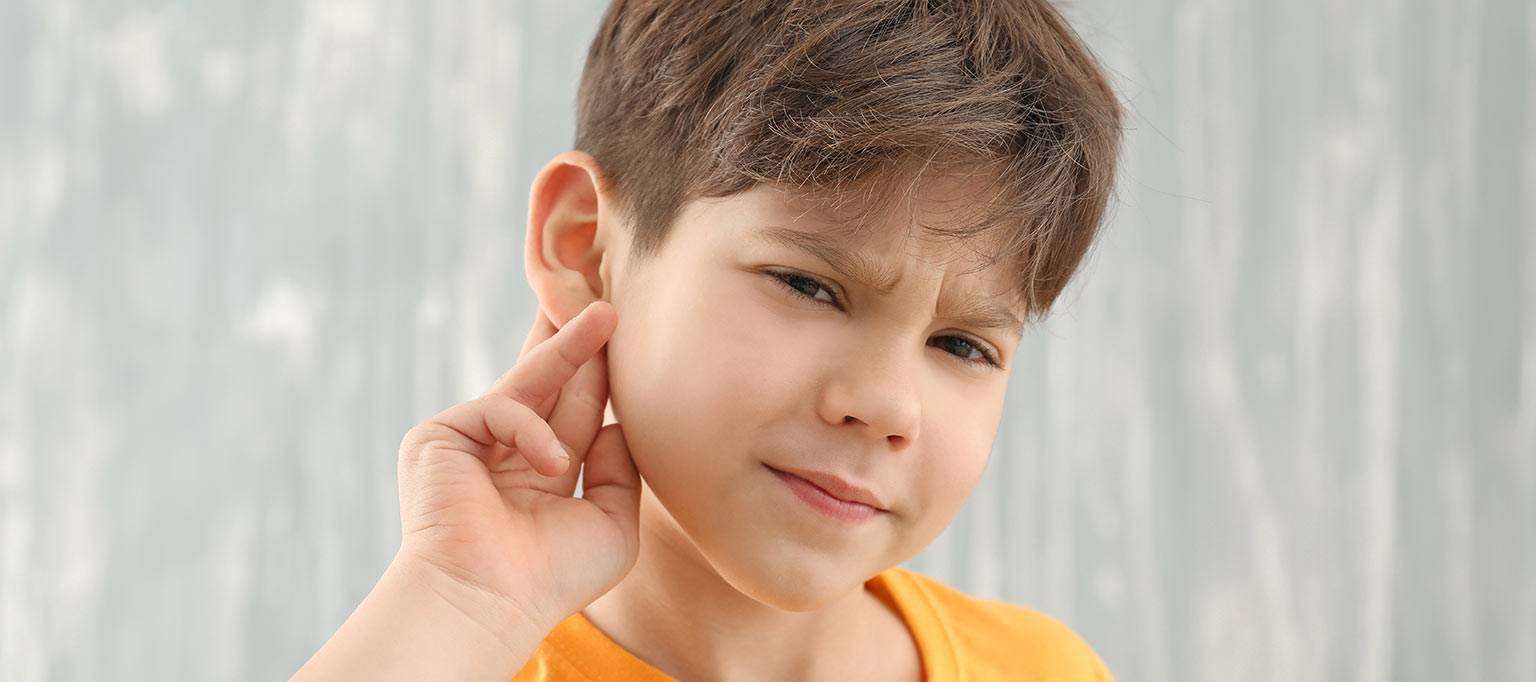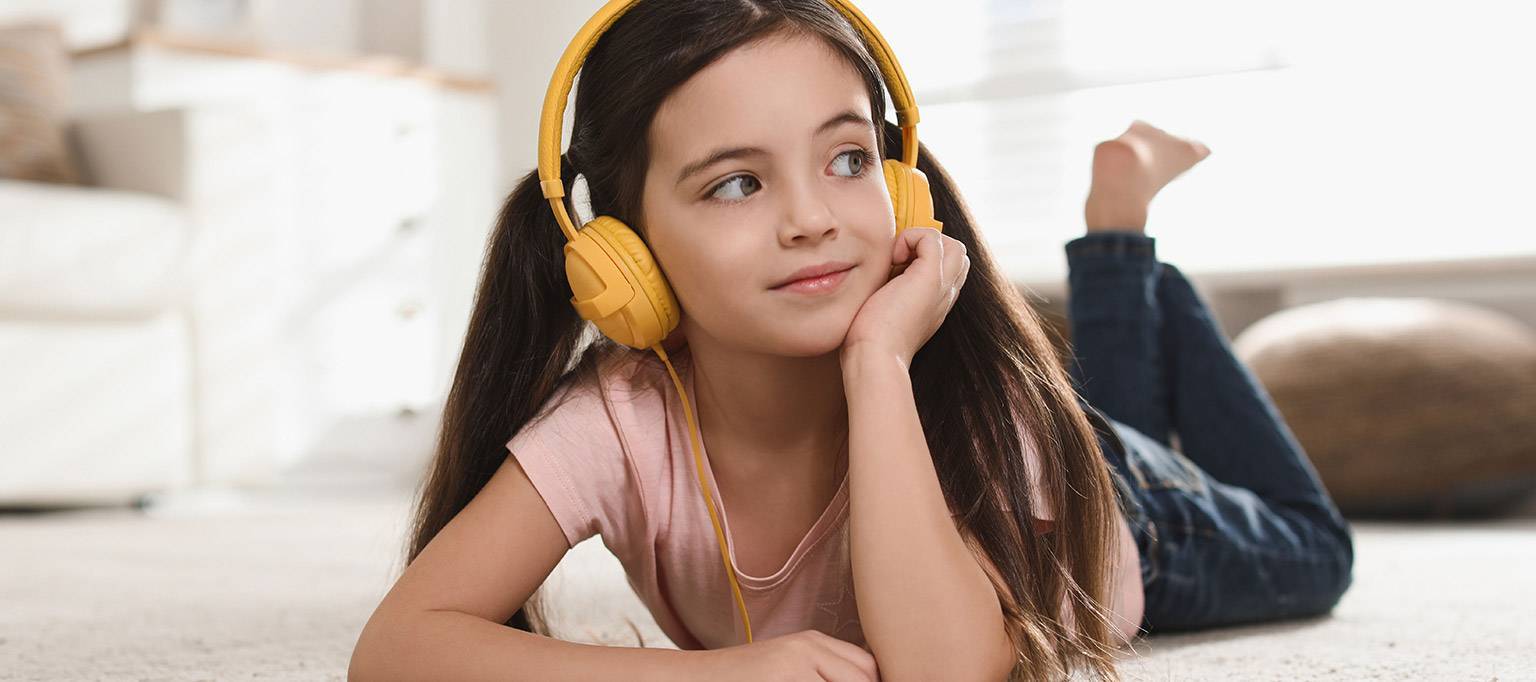Hearing Loss

There are three main types of hearing loss. An audiologist will be able to inform you which type of hearing loss the child may have and recommend the best form of treatment.
- Conductive hearing loss occurs when sound cannot pass through from the outer and middle ear into the inner ear effectively. Most commonly this can be caused by a build-up of wax in the outer ear or the presence of fluid in the middle ear, also known as glue ear.
- Sensorineural hearing loss occurs when the inner ear or hearing nerve is not working effectively. Sensorineural hearing loss is usually permanent.
- Mixed hearing loss is a combination of a Conductive and Sensorineural hearing loss.
If your child is found to have a sensorineural hearing loss they will be referred to Broomfield Paediatric Audiology and Ear, Nose and Throat departments. A sensorineural hearing loss is often managed with hearing aid(s). The type of hearing aid will depend on the severity of your child’s hearing loss.
For more information on hearing aids, please visit the National Deaf Children’s Society website.
Degrees of hearing loss
An audiologist will normally describe the level of the child’s hearing loss using the terms below. Sound level is measured in units called decibels (dB).

Your audiologist can plot the child’s hearing test results for you using an audiogram (pictured)
- Normal hearing: 10 – 20dBHL
- Mild hearing loss: 21 – 40dBHL
- Moderate hearing loss: 41 – 70dBHL
- Severe hearing loss: 71 – 95dBnHL
- Profound hearing loss: in excess of 95dBnHL
General Information
Useful Links
Related Topics
Our Service Pages
Children’s Audiology
Children’s Speech & Language Therapy
Community Paediatrician Service